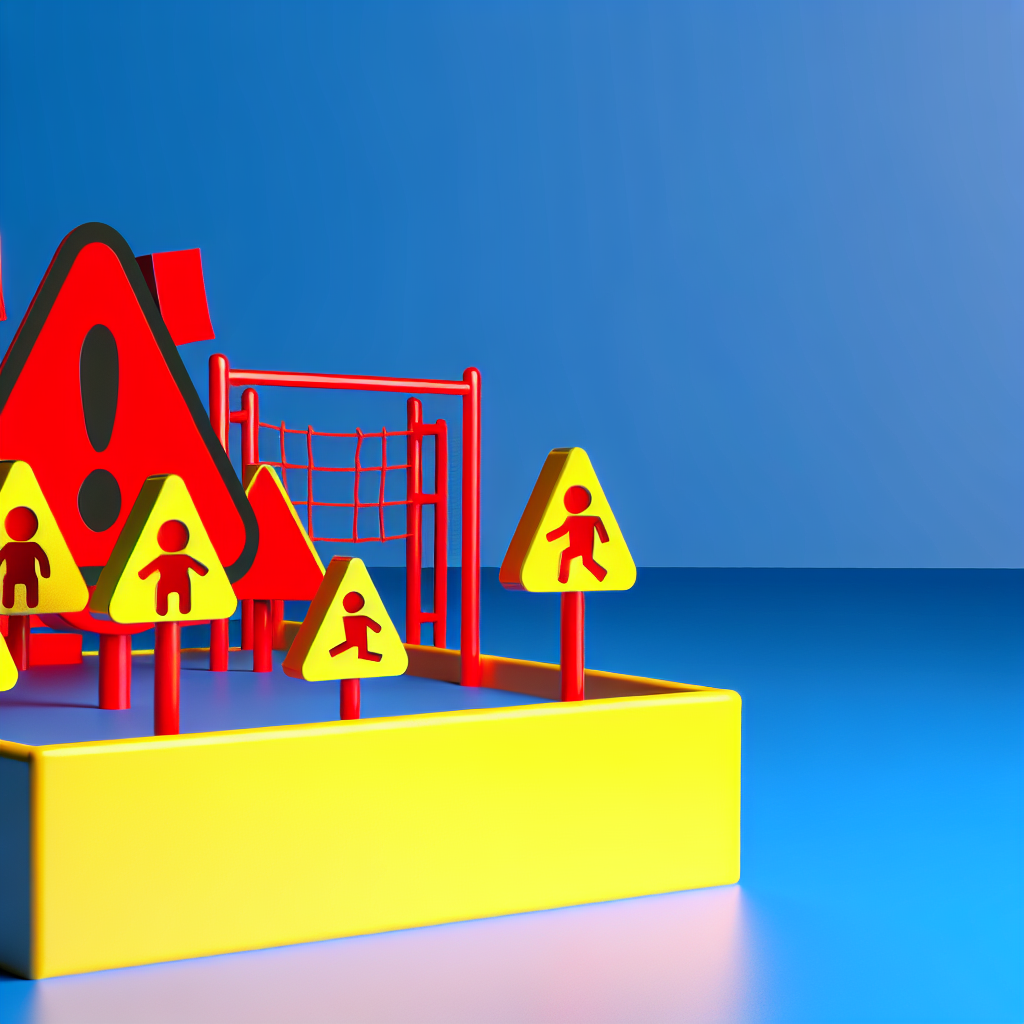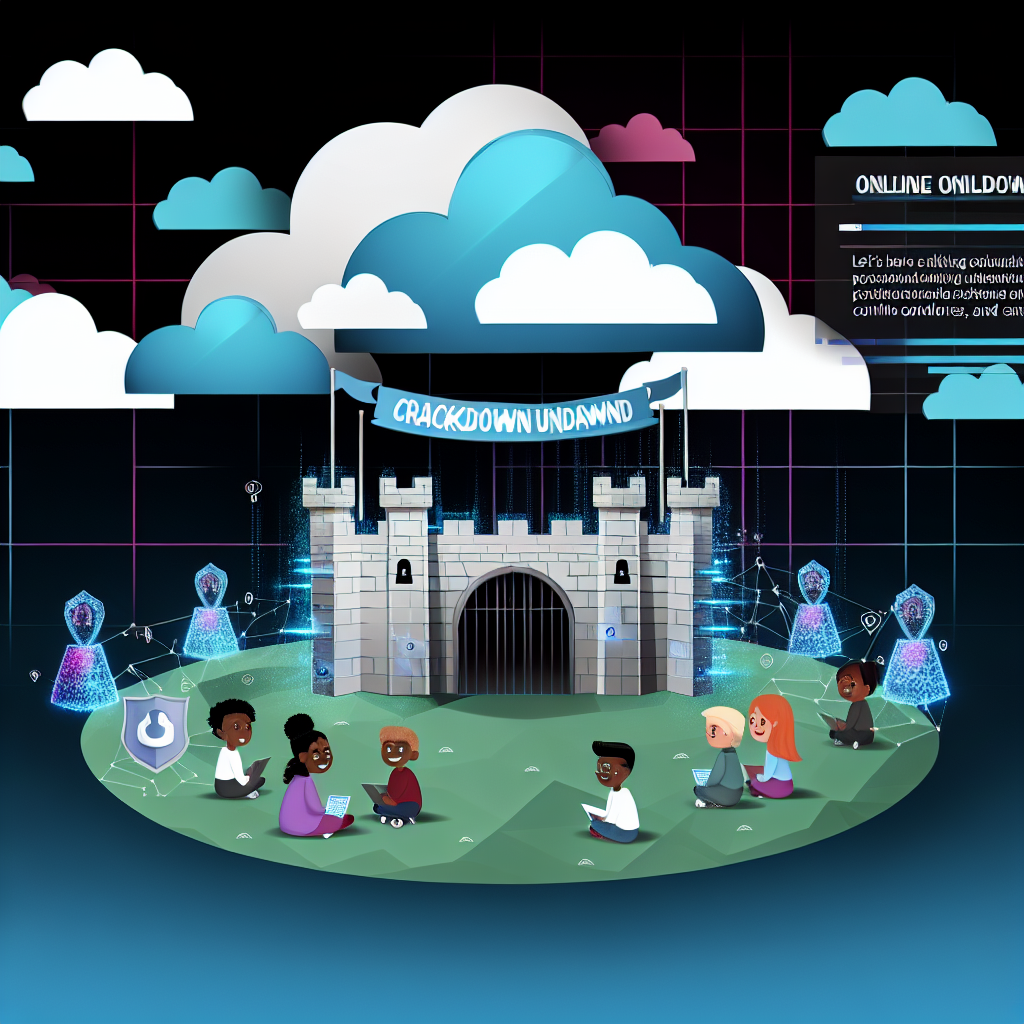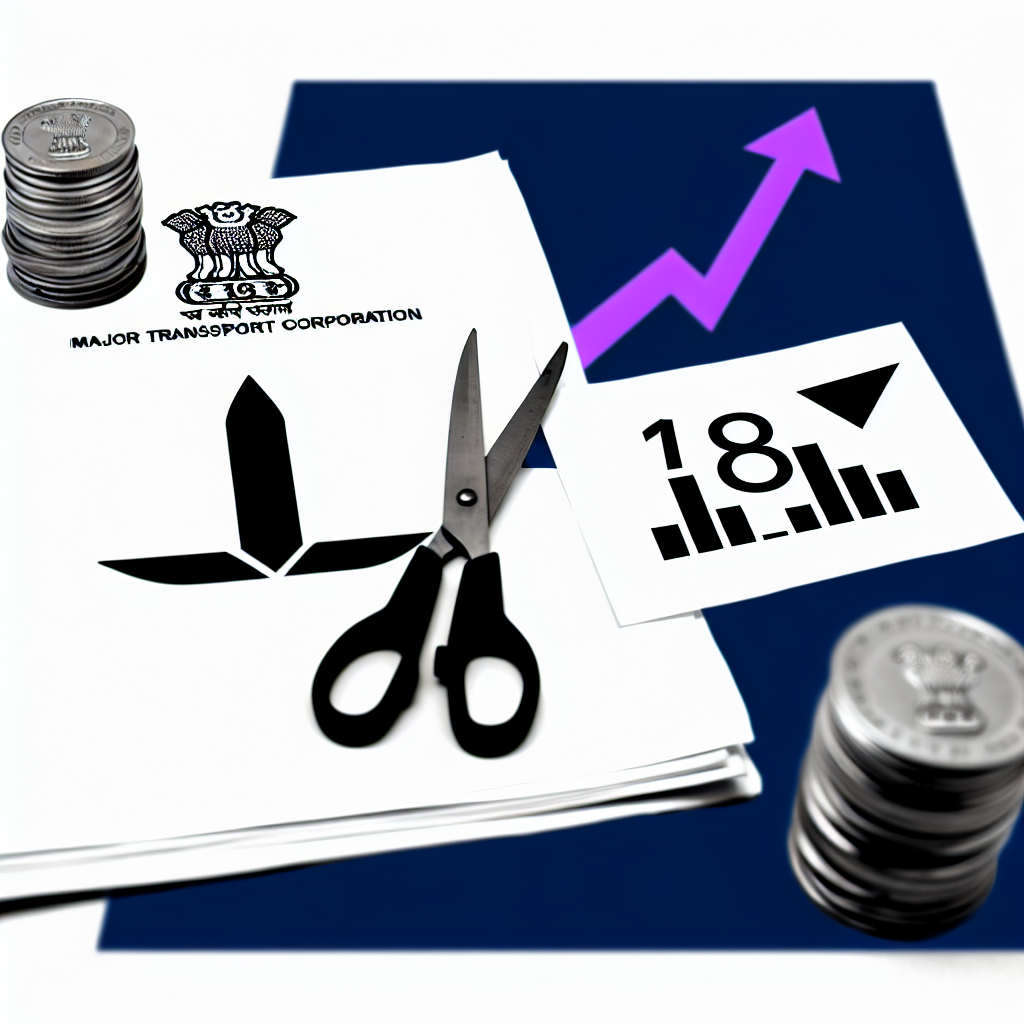The Impact of Cyberbullying on Children’s Mental Health
Social media has become an integral part of our lives, with millions of people around the world using platforms like Facebook, Instagram, and Twitter to connect with others and share their thoughts and experiences. While social media has its benefits, it also poses significant risks, especially for children. Cyberbullying, in particular, has emerged as a major concern, with detrimental effects on children’s mental health. As a result, a crackdown on cyberbullying is underway, aiming to create a safer online environment for children.
Cyberbullying refers to the use of electronic communication to harass, intimidate, or threaten others. It can take various forms, including sending hurtful messages, spreading rumors, or sharing embarrassing photos or videos. The anonymity and distance provided by social media platforms make it easier for bullies to target their victims without fear of immediate consequences. This has led to a rise in cyberbullying incidents, with children being the most vulnerable group.
The impact of cyberbullying on children’s mental health cannot be overstated. Victims often experience feelings of fear, shame, and helplessness, which can lead to anxiety, depression, and even suicidal thoughts. The constant exposure to negative and hurtful comments can erode their self-esteem and confidence, making it difficult for them to form healthy relationships or perform well academically. Moreover, the effects of cyberbullying can extend beyond the online world, infiltrating every aspect of a child’s life.
Recognizing the severity of the issue, governments, social media platforms, and advocacy groups have taken steps to address cyberbullying. Many countries have implemented legislation to criminalize cyberbullying and provide legal recourse for victims. Social media platforms have also introduced stricter policies and reporting mechanisms to combat cyberbullying. For instance, Facebook has partnered with organizations to develop tools that allow users to report bullying incidents and receive support. Instagram has implemented AI technology to detect and remove offensive comments. These efforts aim to create a safer online environment for children and hold bullies accountable for their actions.
In addition to legal and technological measures, education plays a crucial role in combating cyberbullying. Schools and parents need to educate children about the risks of social media and teach them how to navigate the online world safely. This includes promoting responsible digital citizenship, encouraging open communication, and fostering empathy and respect for others. By equipping children with the necessary knowledge and skills, they can better protect themselves and their peers from cyberbullying.
While progress has been made in addressing cyberbullying, there is still much work to be done. The ever-evolving nature of social media presents new challenges, requiring constant adaptation and vigilance. Furthermore, the responsibility to create a safe space for children extends beyond governments and social media platforms. It requires a collective effort from parents, educators, and society as a whole to foster a culture of kindness and empathy both online and offline.
In conclusion, social media remains a risky space for children, with cyberbullying posing a significant threat to their mental health. However, a crackdown on cyberbullying is underway, with governments, social media platforms, and advocacy groups taking action to create a safer online environment. Through legislation, technological advancements, and education, progress is being made in combating cyberbullying. Nevertheless, it is essential for all stakeholders to continue working together to ensure that social media becomes a safe space for children, where they can connect, express themselves, and thrive without fear of harassment or harm.
Strategies for Parents to Protect Their Children from Online Predators

Social media has become an integral part of our lives, with millions of people around the world using platforms like Facebook, Instagram, and Twitter to connect with friends, share photos, and express their thoughts and opinions. However, while social media offers many benefits, it also poses significant risks, especially for children. Despite efforts to make these platforms safer, social media still isn’t a safe space for children, and a crackdown is underway to address this issue.
One of the biggest concerns when it comes to children and social media is the presence of online predators. These individuals use social media platforms to target and groom vulnerable children, often pretending to be someone they’re not in order to gain their trust. Once they have established a relationship with the child, they may then exploit them for their own nefarious purposes, such as sexual exploitation or trafficking.
To protect children from online predators, parents need to be proactive and implement strategies to keep their children safe. One of the most important steps is to have open and honest conversations with children about the potential dangers of social media. By educating them about the risks and teaching them how to recognize and respond to suspicious behavior, parents can empower their children to make safer choices online.
Another crucial strategy is to set strict privacy settings on social media accounts. By limiting who can see and interact with their child’s profile, parents can reduce the chances of their child being targeted by predators. It’s also important to regularly monitor their child’s online activity, including their friends list, messages, and posts. This way, parents can quickly identify any red flags and take appropriate action.
In addition to these proactive measures, there are also technological tools available to help parents protect their children online. Many social media platforms offer parental control features that allow parents to restrict their child’s access to certain content or limit their online interactions. There are also third-party apps and software that can monitor and filter a child’s online activity, providing an extra layer of protection.
However, it’s important to note that no strategy or tool is foolproof, and parents should not solely rely on technology to keep their children safe. Regular communication and trust-building between parents and children are essential. Parents should encourage their children to come to them if they ever feel uncomfortable or threatened online, and assure them that they will not be punished for speaking up.
Recognizing the urgent need to address the issue of child safety on social media, authorities and social media companies are taking steps to crack down on online predators. Law enforcement agencies are working closely with social media platforms to identify and apprehend individuals involved in child exploitation. Social media companies are also investing in technology and manpower to detect and remove accounts that engage in predatory behavior.
In conclusion, while social media has its benefits, it still poses significant risks for children. Online predators continue to exploit vulnerable children, making it crucial for parents to take proactive measures to protect their children. By having open conversations, setting strict privacy settings, monitoring online activity, and utilizing technological tools, parents can create a safer online environment for their children. Additionally, the crackdown on online predators by authorities and social media companies is a step in the right direction, but it’s important for parents to remain vigilant and actively engage in their child’s online life.
The Role of Social Media Platforms in Ensuring Child Safety Online
Social media has become an integral part of our lives, with millions of people around the world using platforms like Facebook, Instagram, and Twitter to connect, share, and communicate. However, despite its many benefits, social media still poses significant risks, especially for children. In recent years, concerns about child safety online have grown, prompting a much-needed crackdown on social media platforms.
One of the main challenges in ensuring child safety online is the ease with which children can access inappropriate content. Social media platforms are filled with a vast array of content, ranging from harmless posts to explicit material. Children, who are often curious and eager to explore, can stumble upon inappropriate content that can have a lasting impact on their well-being. This is why it is crucial for social media platforms to take responsibility and implement measures to protect children from such content.
To address this issue, many social media platforms have introduced age restrictions and content filters. These measures aim to prevent children from accessing age-inappropriate content and protect them from potential harm. For instance, platforms like Facebook and Instagram require users to be at least 13 years old to create an account. While these age restrictions are not foolproof, they serve as a deterrent and help to minimize the exposure of young children to harmful content.
Another significant concern regarding child safety on social media is the risk of online predators. These predators often use social media platforms to groom and exploit vulnerable children. They may pose as someone trustworthy, gaining the child’s trust and manipulating them into engaging in inappropriate activities. To combat this issue, social media platforms have implemented various safety features, such as reporting mechanisms and privacy settings. These features allow users to report suspicious behavior and control their privacy settings to limit the information available to potential predators.
However, despite these efforts, online predators continue to find ways to exploit children. This highlights the need for constant vigilance and ongoing improvements in the safety measures implemented by social media platforms. Companies must invest in advanced technologies, such as artificial intelligence and machine learning, to better detect and prevent predatory behavior. Additionally, collaboration between social media platforms, law enforcement agencies, and child protection organizations is crucial to effectively combat this issue.
In recent years, governments and regulatory bodies have also recognized the importance of child safety online. They have started to impose stricter regulations on social media platforms, holding them accountable for ensuring the safety of their young users. For example, in the United States, the Children’s Online Privacy Protection Act (COPPA) sets guidelines for the collection and use of personal information from children under the age of 13. Failure to comply with these regulations can result in significant fines and penalties for social media platforms.
In conclusion, while social media platforms have made efforts to improve child safety online, there is still much work to be done. The risks posed by inappropriate content and online predators remain significant, and it is crucial for social media platforms to continue investing in safety measures. Governments and regulatory bodies must also play their part by imposing stricter regulations and holding platforms accountable. Only through a collective effort can we create a safer online environment for children, ensuring that social media truly becomes a safe space for all.


